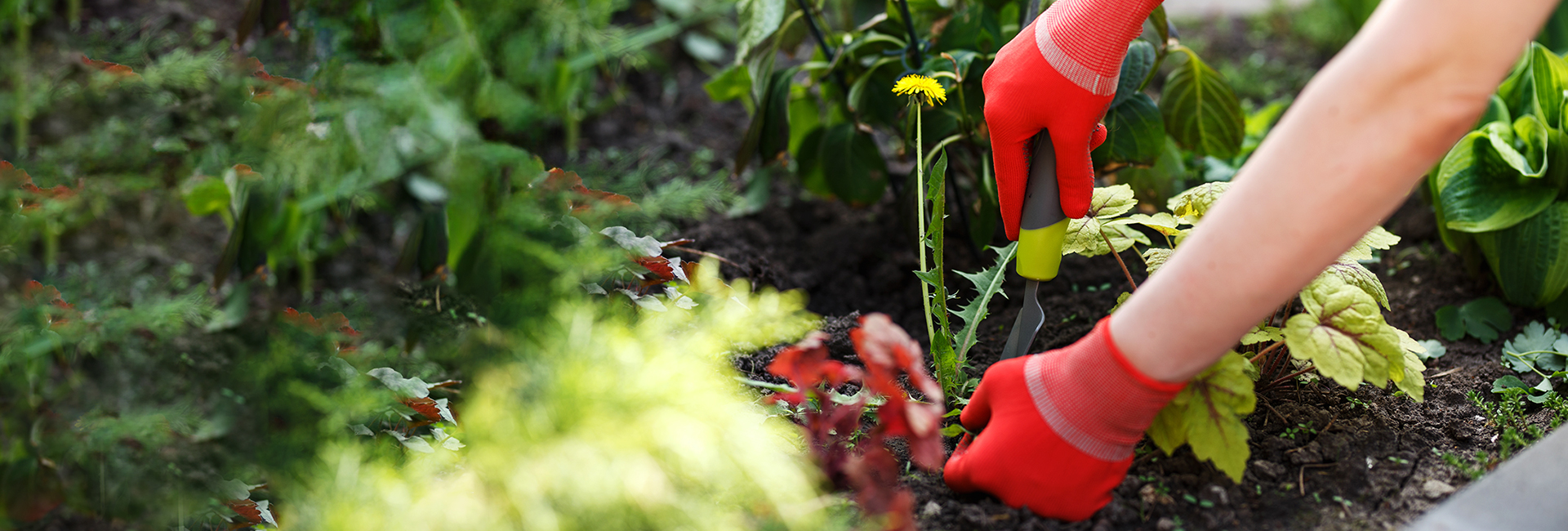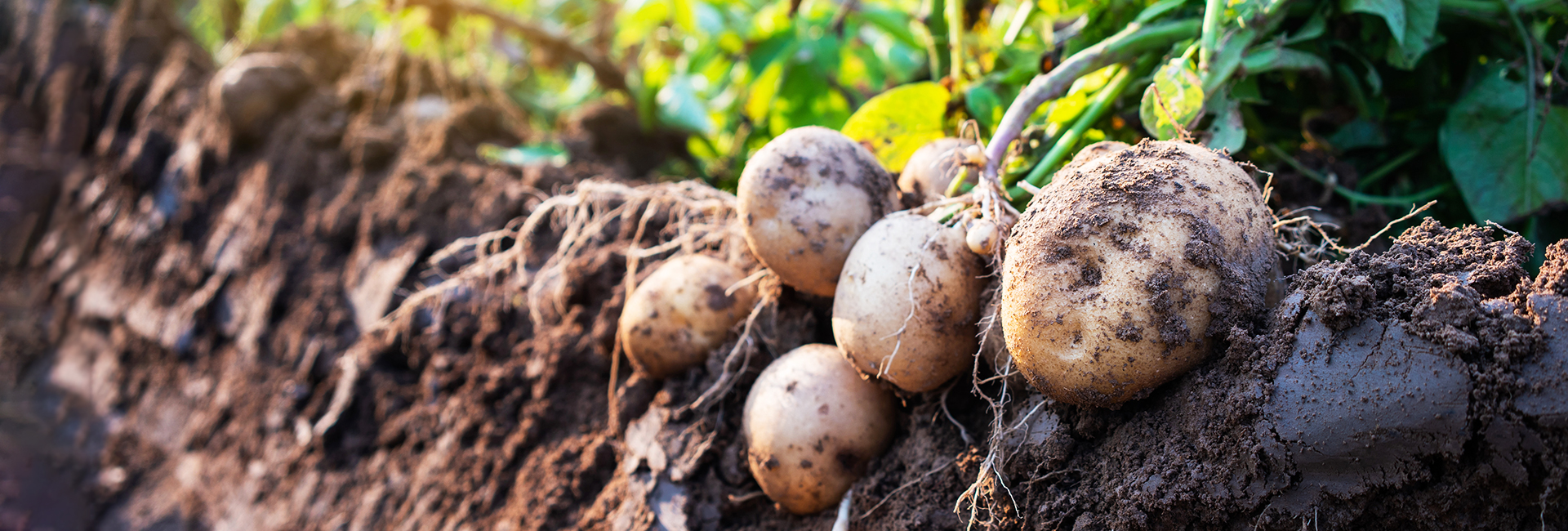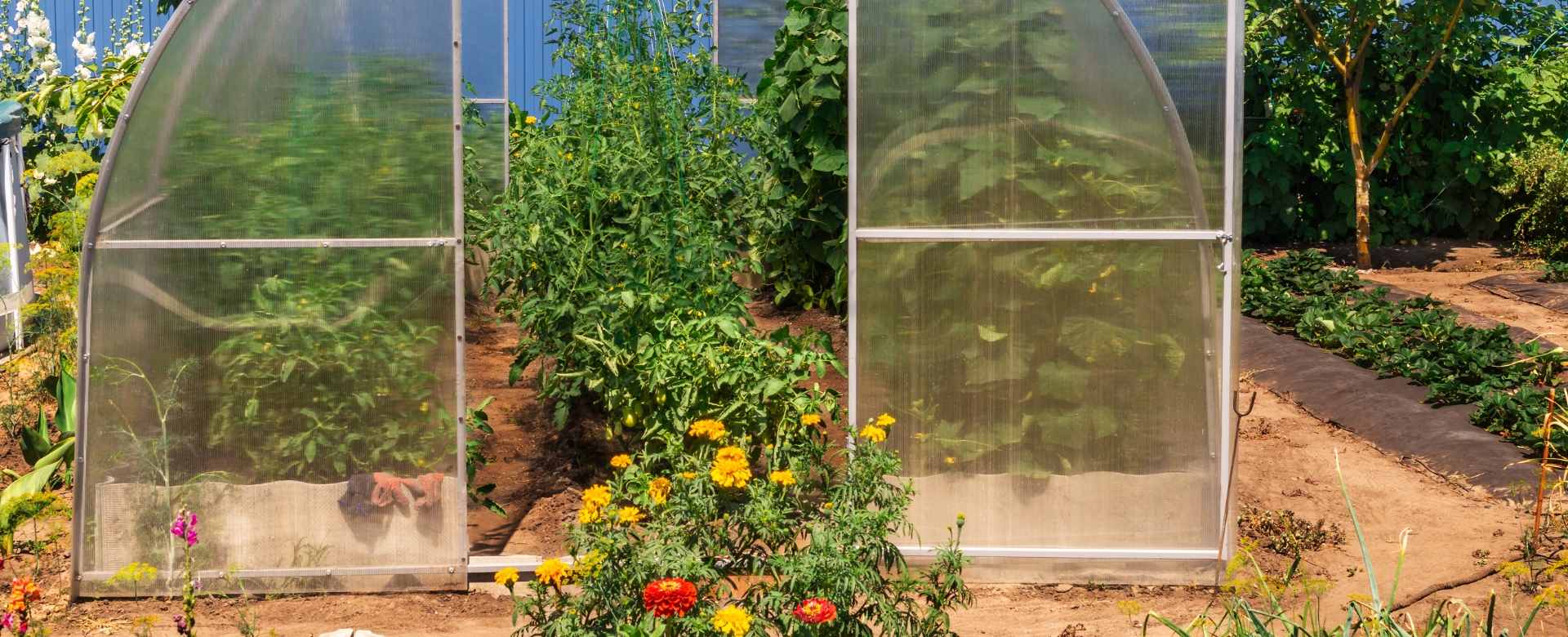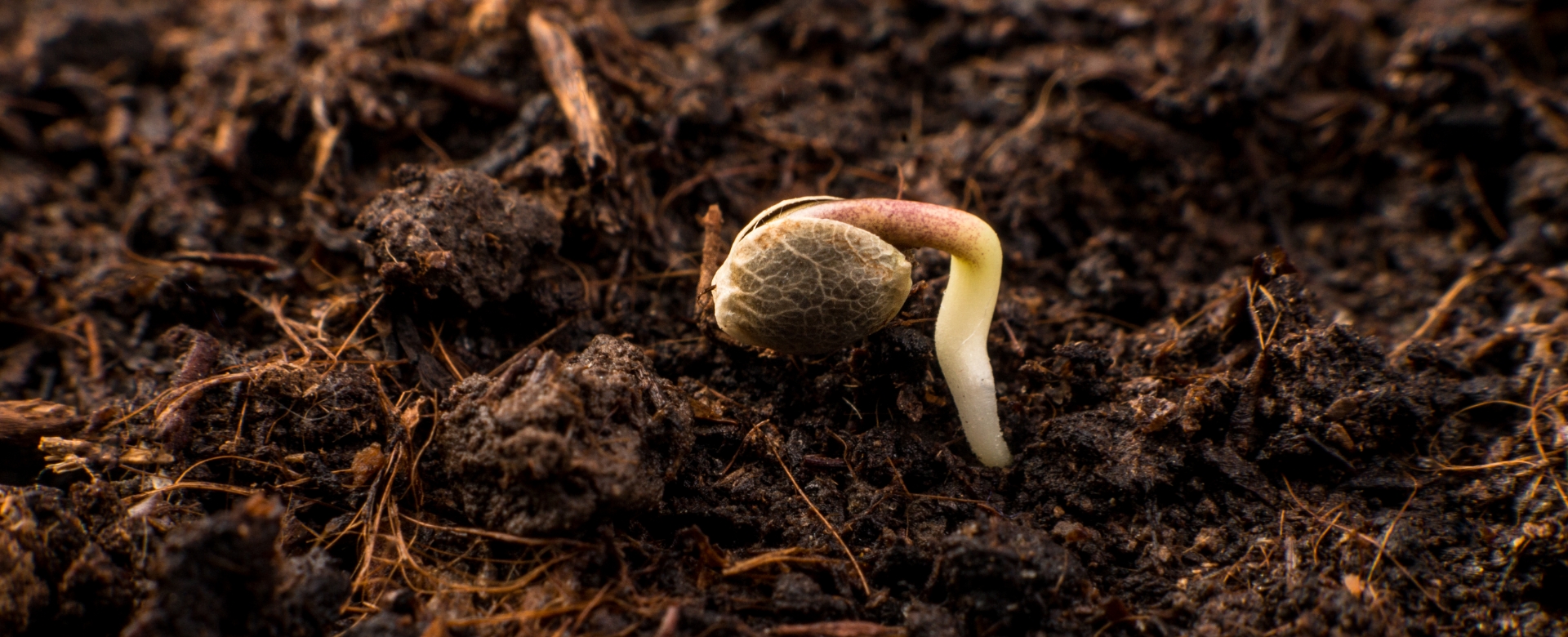When the leaves change color and it gets colder, you need to start thinking about ways to winterizing your garden.
End-of-season garden chores are a necessary job. If you do it right, your hard work will pay off with a healthier garden in the spring. Fortunately, a few small tasks go a long way in winter garden prep, and these tasks will nourish the soil and prevent damage over winter.
Need some tips to get started? This guide features the process of winterizing your vegetable garden, what to do with your garden at the end of the season and mastering the art of overwintering vegetables.
Tips for Winterizing Your Garden
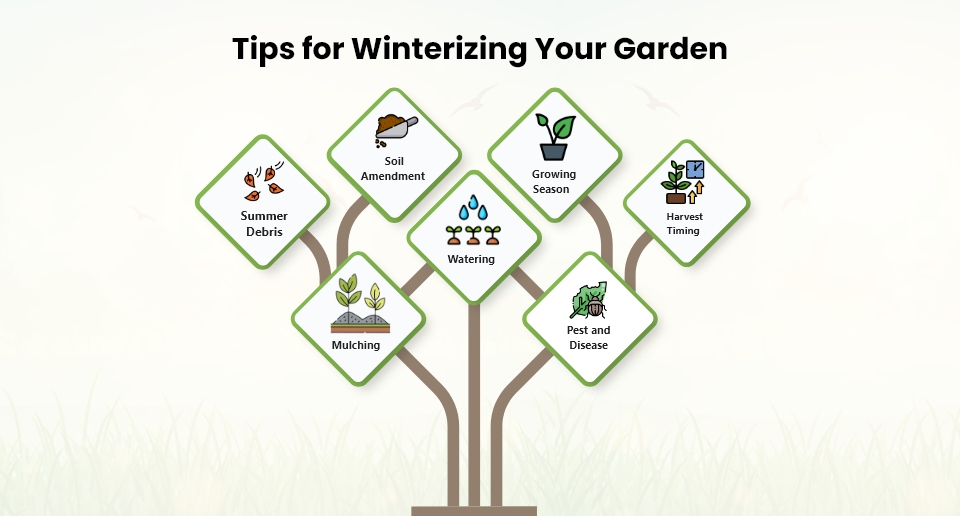
Shut your garden down with ease and make changes that will benefit come springtime. Here are some winter garden prep tips:
1. Clear Out Summer Debris
Before the winter cold sets in, it’s crucial to tidy up your garden from the remnants of the summer season. Remove any spent plants, weeds, and fallen leaves. Clearing away debris not only enhances the aesthetics of your garden but also prevents potential hiding spots for pests and diseases. A clean garden bed provides a fresh canvas for your fall and winter crops to thrive.
2. Soil Amendment
Assess the health of your garden soil and take steps to improve it. Add organic matter, such as compost, worm castings or well-rotted manure, to enrich the soil’s fertility and structure.
This organic material not only supplies essential nutrients but also enhances soil moisture retention and aeration. Additionally, test the soil’s pH level and mineral content and adjust it if necessary to create an optimal environment for your fall vegetables to grow and flourish. For example, you might amend with glacial rock dust to adjust mineral levels.
3. Extend the Growing Season
To prolong your harvest window and enjoy fresh produce well into the winter months, consider using season-extending tools and techniques. Options include:
- Row Covers: These lightweight fabric covers create a protective barrier against frost and chilly winds, allowing you to extend the growing season for your crops.
- Cloches: These individual plant covers or bell-shaped structures provide insulation and protect plants from harsh weather conditions.
- Cold Frames: A cold frame is a small, unheated greenhouse-like structure that offers a controlled environment for plants. It helps retain warmth and protect against
frost.
These season-extending tools are invaluable for keeping your garden productive even as temperatures drop.
4. Mulching
Applying a layer of mulch (or using winter cover crops) to your garden beds serves multiple purposes. Mulch, such as straw or leaves, acts as insulation, helping to regulate soil temperature and retain moisture. It also suppresses weed growth, reducing competition for nutrients and water.
Additionally, mulch prevents soil erosion and the splashing of soil onto your plants, which can lead to disease. Mulching is a simple yet effective technique for maintaining the health of your fall and winter gardens.
5. Watering
While fall typically brings more rain, it’s essential to monitor soil moisture levels, especially during dry spells. Even as temperatures cool, your fall vegetables still need consistent moisture to thrive.
Water deeply when necessary, allowing the roots to access water at a deeper level. However, be cautious not to overwater, as this can lead to root rot. A balanced approach to watering ensures your crops receive the hydration they require without drowning them.
6. Pest and Disease Management
As temperatures drop, some pests may seek shelter in your garden. To protect your fall and winter crops:
- Use Physical Barriers: Employ row covers, netting, or mesh to create a physical barrier that keeps pests away from your plants.
- Maintain Sanitation: Keep your garden clean by removing debris and fallen leaves, reducing hiding spots for pests.
- Crop Rotation: Practice crop rotation to disrupt the life cycles of pests and diseases.By changing the location of crops from one season to another, you minimize the risk of infestations.
These strategies help you manage pests and diseases and maintain a healthy garden throughout the colder months.
7. Harvest Timing
Timing is crucial when harvesting fall vegetables. Many of these crops are at their peak flavor and nutrition just before or after the first frost. To protect your crops during cold spells, utilize frost blankets or row covers. These protective coverings shield your plants from freezing temperatures, ensuring that you can harvest them when they’re at their best.
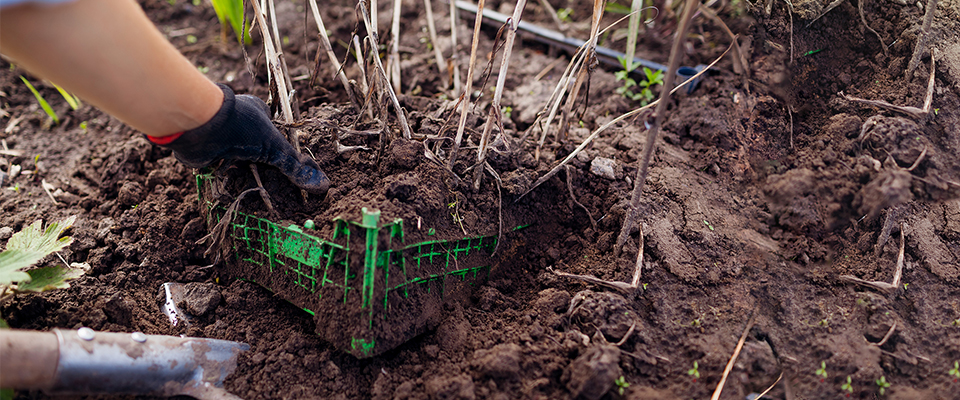
What to Do with Your Garden at the End of the Season
The end of the season is not the end of your gardening journey. Here’s what to do with your garden:
1. Reflect and Plan
Take time to evaluate the season’s successes and challenges. Use this information to plan for next year. Consider crop rotation, new vegetable varieties, and any garden layout adjustments. A well-thought-out plan now ensures a smoother gardening season next year.
2. Preserve and Share
If your harvest has been bountiful, consider preserving your vegetables through canning, freezing, or drying. This not only reduces food waste but also ensures you have a supply of homegrown goodies throughout the winter. Sharing surplus vegetables with friends, family, or local food banks is a generous way to give back to the community.
3. Responsible Plant Disposal
Compost all plant material that is free from diseases or pests. However, plants heavily infested with pests or diseases should not be composted. They should be disposed of separately to prevent the spread of these issues. Composting is a sustainable way to dispose of garden waste, reducing landfill waste and greenhouse gas emissions.
4. Keep a Garden Journal
A garden journal is a valuable tool for gardeners. It helps you record planting dates, harvest yields, and any issues you encountered during the growing season. The information you gather in your journal can be used to make informed decisions for the next year, ensuring an even more successful gardening experience.
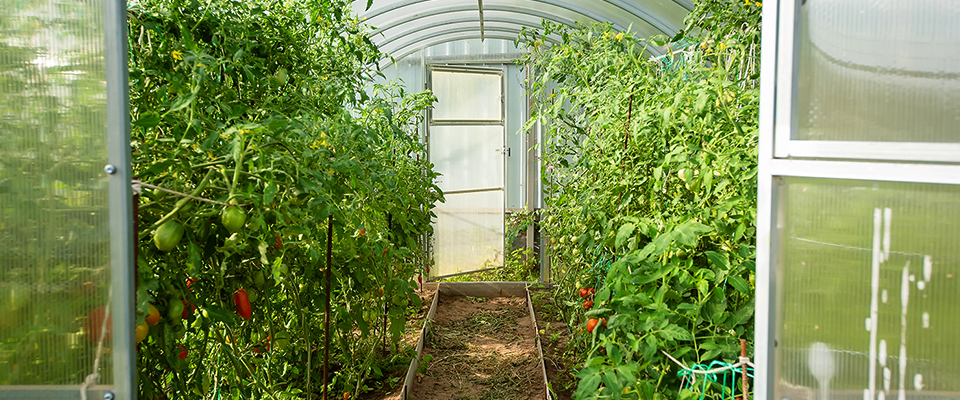
Overwintering Vegetables
Overwintering vegetables is a practiced art that involves keeping certain crops alive and productive during the winter months. Here’s how you can excel at this technique:
1. Choose Winter-Hardy Varieties
The first rule of overwintering vegetables is to choose the right varieties. Opt for winter-hardy vegetables such as kale, spinach, or carrots. Depending on your climate, you may want to sow them in late summer or early fall, giving them a head start before the harshest winter weather sets in.
2. Use Protective Structures
Cold frames or greenhouses provide a controlled environment that protects your plants from harsh weather while still allowing them to receive sunlight. With the right care, you can continue growing certain crops well into the winter and even start new crops early in the spring, effectively extending your growing season.
3. Insulate and Cover
For vegetables left in the garden, apply a thick layer of mulch to insulate the soil and cover the plants with row covers or cloths to protect them from frost. These covers act as shields against frost, preventing cold damage. They also serve as barriers to pests, reducing the risk of infestation.
Wrapping Up
Don’t let the cold season halt your gardening success! Discover the rewarding skill of winterizing your vegetable garden and ensure a flourishing oasis next year. With these expert tips, you’ll safeguard your plants and enjoy the fruits of your labor all year round.
Embark on a gardening journey with the guidance and support of Homegrown Outlet. Our team is here to provide you with the tools, expertise, and resources you need to make your gardening experience truly exceptional.

